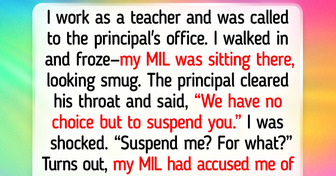I Refused to Take Care of My Ex-Husband’s Son During an Emergency

Let’s begin with Naga Fireball. Nope, it’s not some spicy Thai dish. It’s actually a weird ball of fire that appears out of nowhere in the sky above the Mekong River in Thailand.
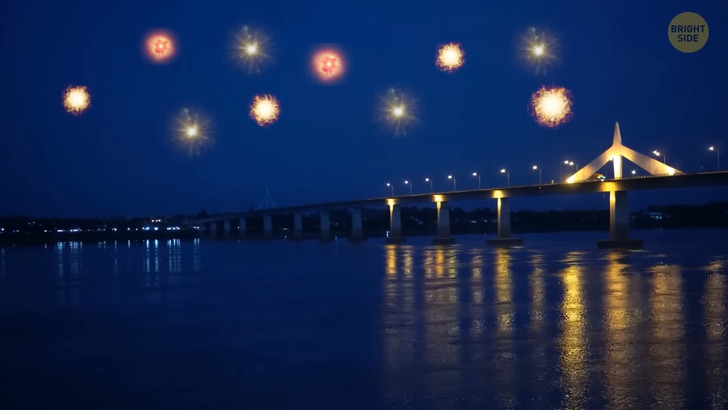
Glowing balls are alleged to rise from the water to the air. The magnitudes of these balls range from a small sparkle to the size of a basketball. Locals reported having seen between tens and thousands of fireballs per night. This mysterious phenomenon has baffled and amazed people for centuries. Legend has it that the Naga Fireball is produced by a giant serpent-like creature called the Naga, who lives in the Mekong River and spits out balls of fire to ward off evil spirits. But science has another, “boring” explanation. The common belief among scientists is that these balls are related to methane gas igniting in the air. No matter what the reason is, thousands of people visit the banks of the Mekong River around October to witness this spectacle. So if you’re ever in Thailand in October and you see a glowing ball of fire in the sky, don’t panic. It’s just the Naga Fireball doing its thing.
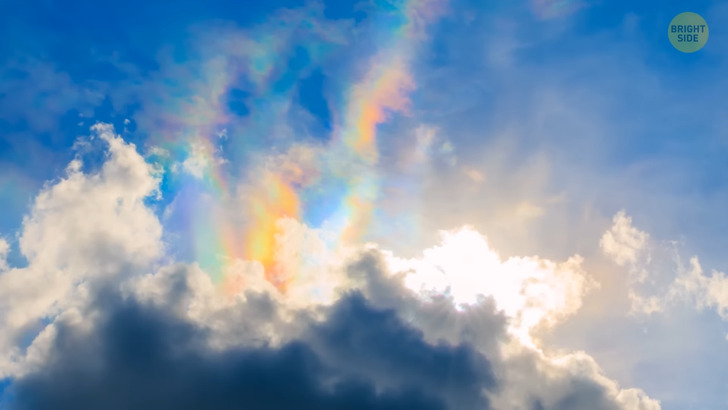
Ah, the fire rainbow! Have you ever looked up at the sky and seen a rainbow on fire? Here I want to clear up a common misconception: the fire rainbow has nothing to do with actual fire. It’s a type of cloud formation called a circumhorizontal arc. Try saying that 3 times fast. It’s a rare and beautiful sight that happens only when the conditions are perfect. So how does a fire rainbow form? It all starts with some high-altitude cirrus clouds, which are made up of tiny ice crystals. When the sun shines through these clouds at the right angle, it refracts through the ice crystals and creates a stunning display of colors. The result is a rainbow-like arc that seems to be on fire. Now, you may be wondering why it’s called a fire rainbow if there’s no actual fire involved. It’s because of the colors. This phenomenon has vibrant hues that resemble flames, with shades of red, orange, and yellow.
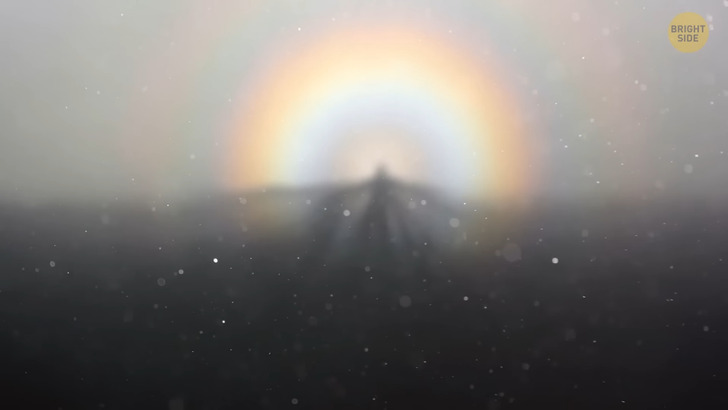
Another rare display of nature’s awesomeness is the Brocken specter. Look at this giant ghostly figure looming over the ground. It’s actually a rare optical phenomenon. Instead of a regular shadow, the person’s silhouette appears gigantic and distorted, surrounded by a halo of rainbow colors. It’s like your shadow gets super-sized and fancied up. The name of this trick of light comes from the Brocken mountain in Germany. This was the place where it was first observed. Imagine being the first person who experienced this. How cool it must’ve been!
Now, you may be wondering how this thing forms. It’s related to the way light behaves when it passes through droplets of water in the air. These droplets act like tiny prisms, bending and refracting light in various directions. When the sun shines from behind the person who stands there, their shadow is projected onto the mist or fog in front of them. The light gets refracted in such a way that their shadow appears much larger than in reality. Imagine seeing the shadow of Yeti! So, next time you hike in the mountains, keep your eyes open for this phenomenon.
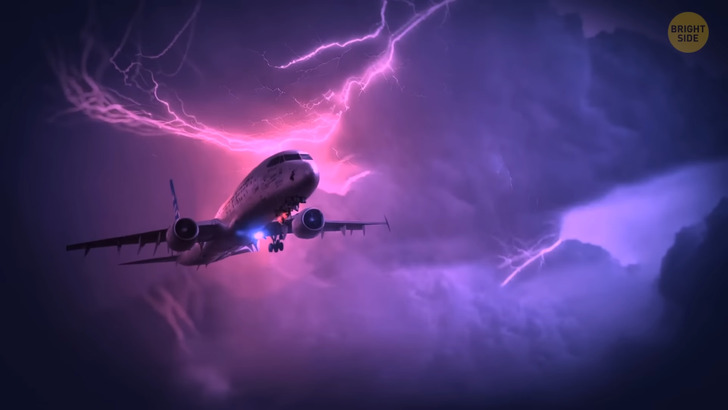
The next natural phenomenon is St. Elmo’s Fire. It forms when a strong electrical field is created in the atmosphere. Natural events such as thunderstorms and volcanic eruptions provide perfect conditions for St. Elmo’s Fire to occur. It can also be seen around airplanes when they are moving through stormy skies. On the one hand, I would love to be on that flight and see this glowing thing firsthand. But on the other hand, I’d probably freak out being that close to it. The name Saint Elmo is a reference to Saint Erasmus of Formia. He was perceived as the patron saint of sailors. In medieval times, some sailors believed that this fire was a sign of divine protection. Seeing this natural phenomenon during a storm meant that they would make it through safely. At the same time, some other sailors perceived this event as an omen of bad luck and upcoming stormy weather. This blue or violet glow has captured the interest of not just sailors but also scientists. Apparently, the electrical field ionizes air molecules, causing them to emit a bright, glowing light.
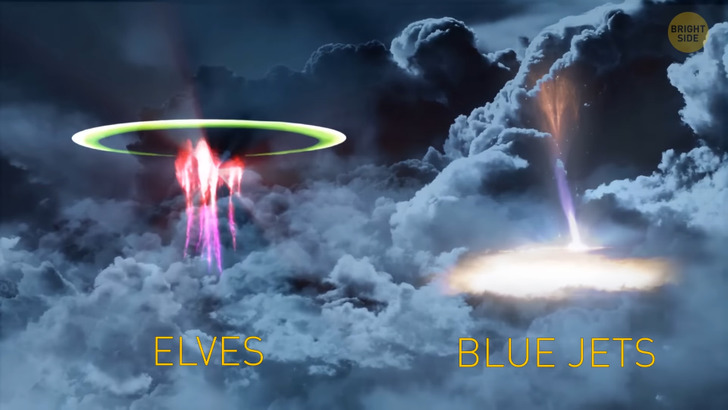
Next up, we have a special effect from a movie. Okay, maybe not, but the spirit is definitely the same. Let me introduce you to blue jets and elves. See, even the name of the phenomenon resembles a movie title. Anyway, blue jets are blue, cone-shaped bursts of lightning that shoot upward from the tops of thunderstorms. They can reach up to 31 miles into the atmosphere. Elves, on the other hand, are glowing light rings that appear above thunderstorms and can be up to 300 miles in diameter. While these phenomena are difficult to observe, scientists are working hard to figure them out. The way electrical charges build up in the atmosphere during thunderstorms is the key factor for these things to occur. When enough charge builds up, it can create an electrical breakdown that produces a blue jet or elf.
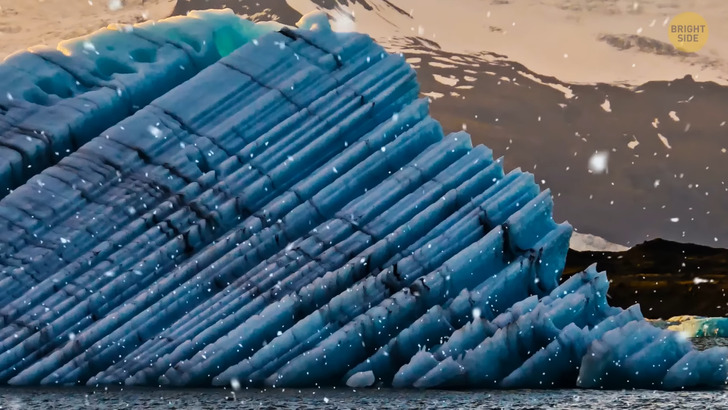
I’ll continue with striped icebergs. Not the ones you put in your salad. These ones float in some parts of Antarctica. You see, when icebergs break off from glaciers, they can sometimes contain layers of ice with different densities and impurities. This ice mass floats in the ocean and gets gradually eroded by wind and water. The layers of ice become exposed. So, with time, different colors and patterns become visible. The stripes on these icebergs can come in different colors, like blue, green, and even black. The colors are caused by various types of sediment and organic matter that were trapped in the ice as it formed. Some icebergs can also have more intricate patterns, for example, swirls and spirals. They certainly look like art pieces.
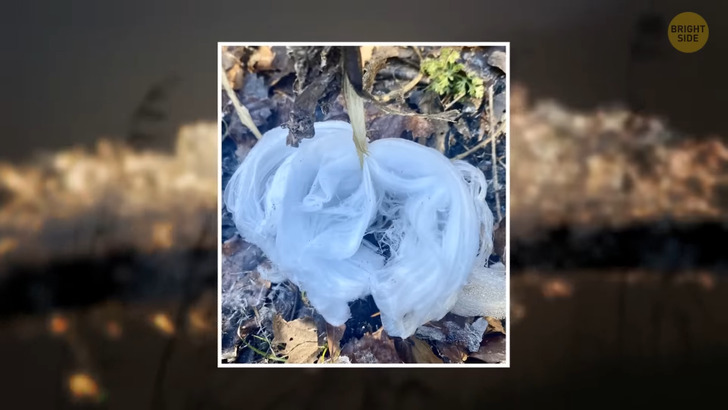
The next mesmerizing thing is again related to ice. Have you heard of frost flowers? It has various names, such as ice blossoms and crystallofolia. During fall or early winter, long-stemmed plants extrude thin layers of ice, which can take flower-like shapes. These ice formations have delicate, feathery tendrils. In 2009, a biology team from the University of Washington discovered a field of frost flowers near the North Pole. The team melted a few flowers. They got shocking results. These ice blossoms held an unusually large amount of bacteria. It’s like the frost flowers are little gardens, but instead of leaves, they have bacteria. I wonder if they have a gardener, too. Okay, but how do these icy things form? Frost flowers are seen when the air is extremely cold and dry, and moisture is pulled out of little bumps in the ice. The air gets humid for a while, and then the cold makes the water vapor heavy. The air wants to release that excess weight, so, crystal by crystal, the air turns back into ice. There you go. This is how delicate, feathery ice tendrils are created. It’s like the ice is doing its own version of a magic trick!
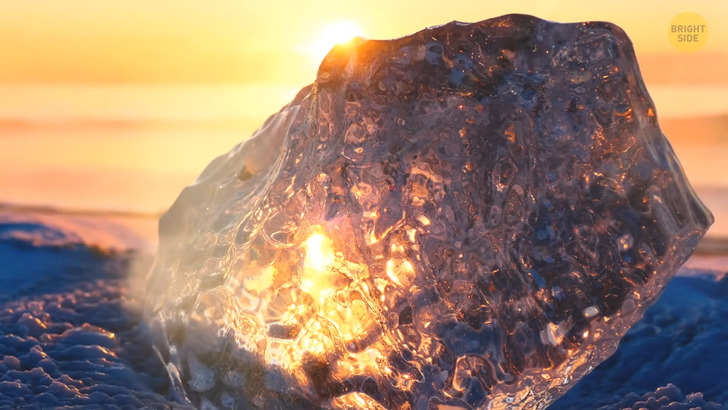
There are more ice formations than we could anticipate. I want to mention another one because look at these colors! What you see on the screen is called jewel ice, and it can only be seen in Japan’s Tokachi River. The river is also known for its crystal-clear water. When the temperatures drop, and the river freezes, ice chunks move with the waves. These ice chunks look like giant diamonds! Jewel ice is transparent, so it reflects the light differently throughout the day. If you visit the lake at sunset, golden yellow ice stones will welcome you. But if you go there in the middle of the day, they’ll appear blue. The color of the reflection is related to how light scatters in the sky. If you love the wonders of nature and taking pictures of these beauties, Tokachi River is probably a place to add to your “must-see” list. So, have you ever seen one of these phenomena firsthand?











